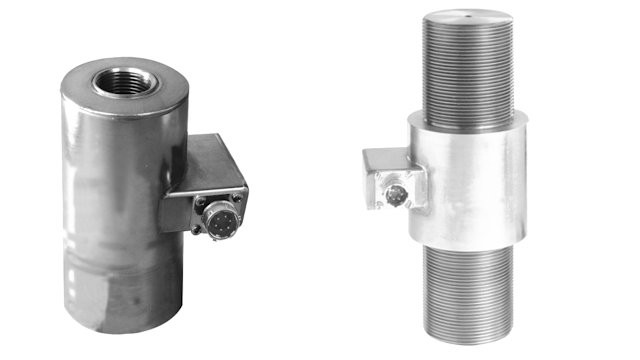Water Flow Sensor Working and Applications

Water Flow Water flow sensors are installed at the water source or pipes to measure the rate of flow of water and calculate the amount of water flowed through the pipe. Rate of flow of water is measured as liters per hour or cubic meters. Water flow sensor consists of a copper body, a water rotor, and a hall-effect sensor. When water flows through the rotor, rotor rolls, its speed changes with different rate of flow. Introduction Flow is defined as the quantity of fluid (gas, liquid, vapour or sublimate) that passes a point per unit time It can be presented by a simple equation: Flow (Q) = quantity/time It is the rate of change of a quantity. It is either volumetric or mass flow rate. Properties Affecting Fluid Flow Velocity of Fluid – the fluid speed in the direction of flow. The fluid velocity depends on the head pressure that is forcing the fluid through the pipe. The greater head pressure, the faster fluid will flow. Pipe size – the larger the pipe, the greater the potenti







